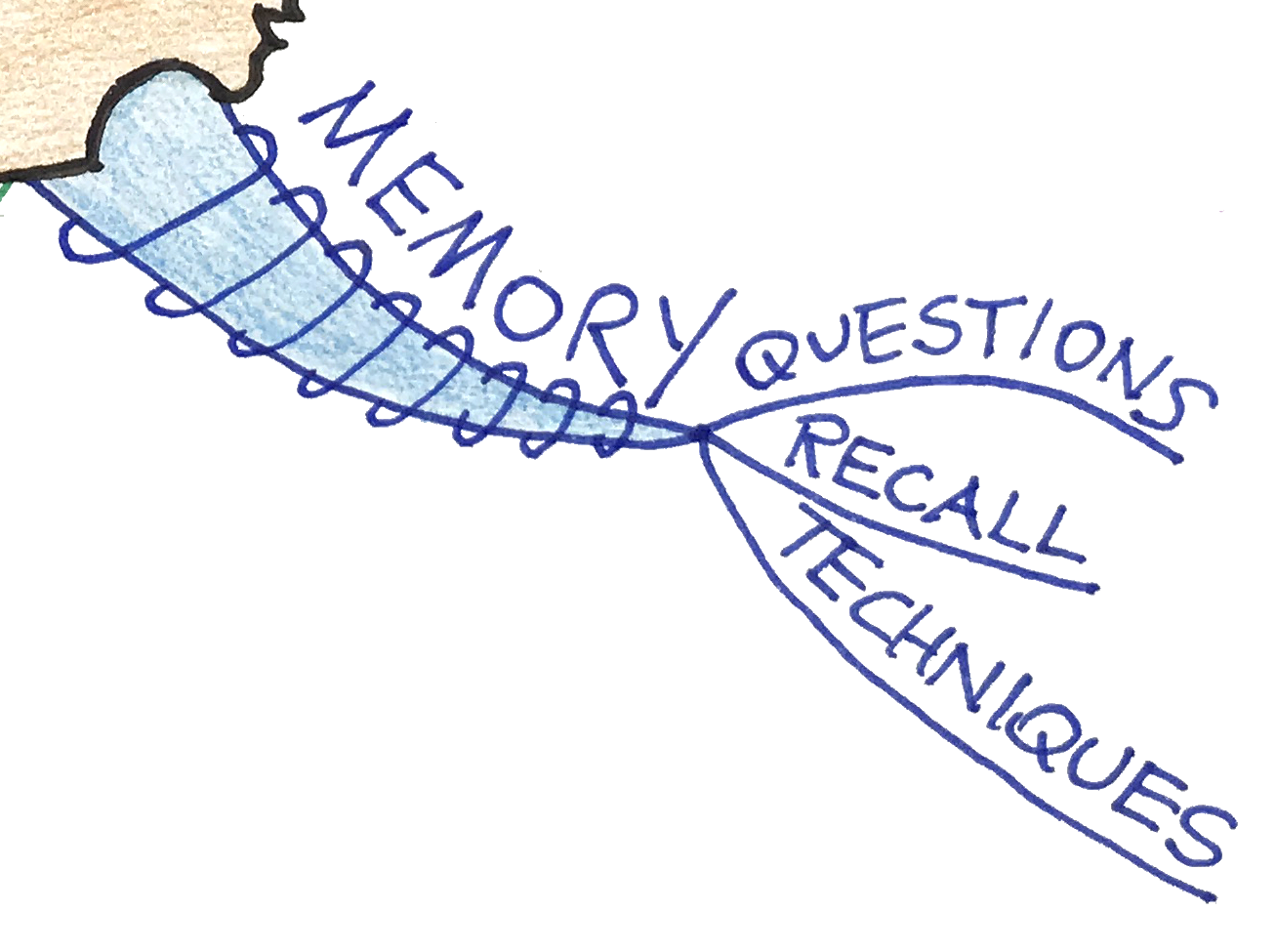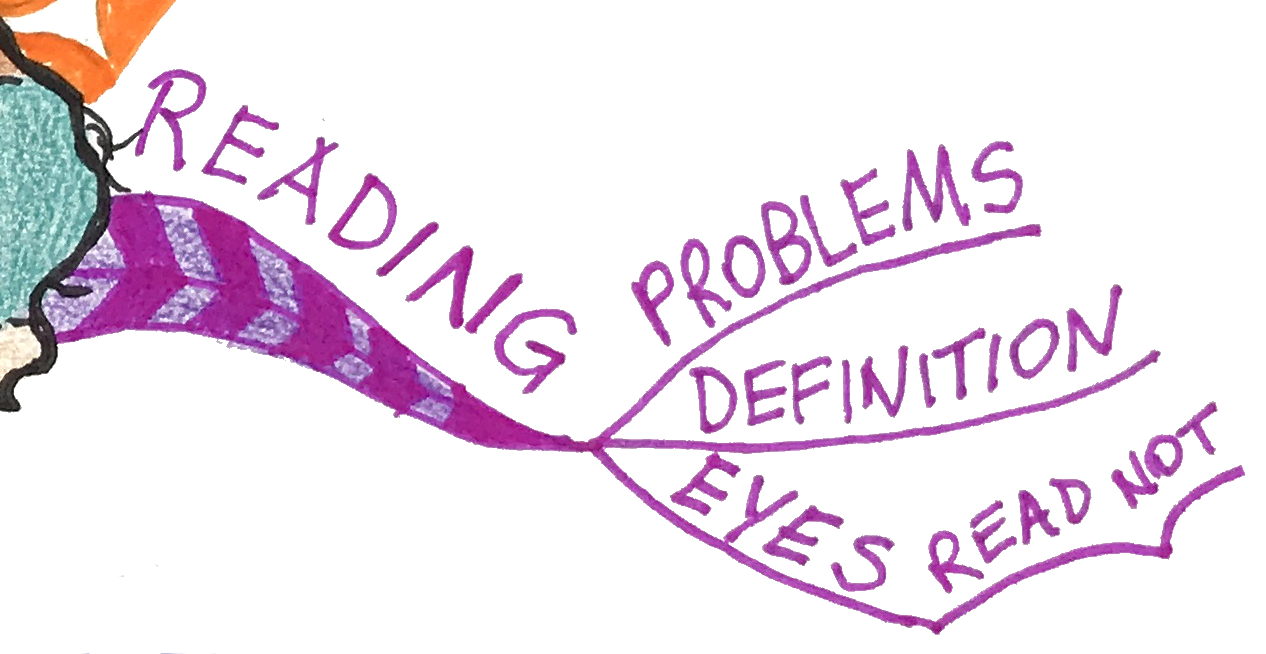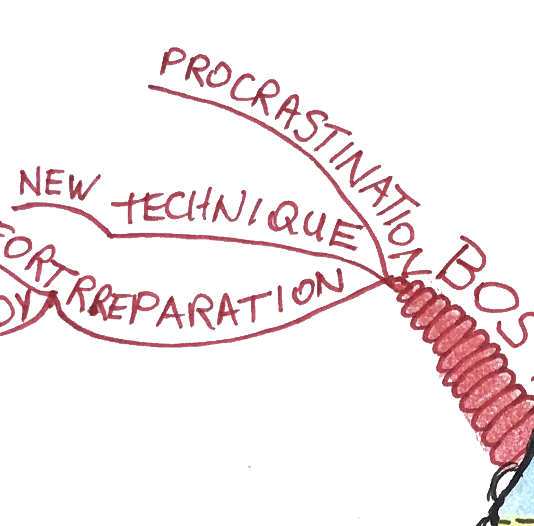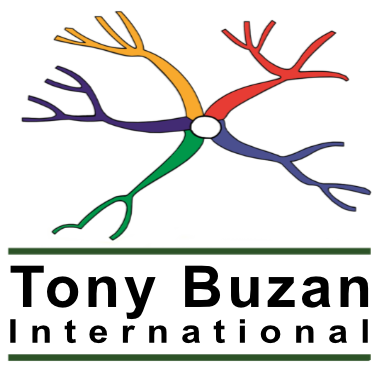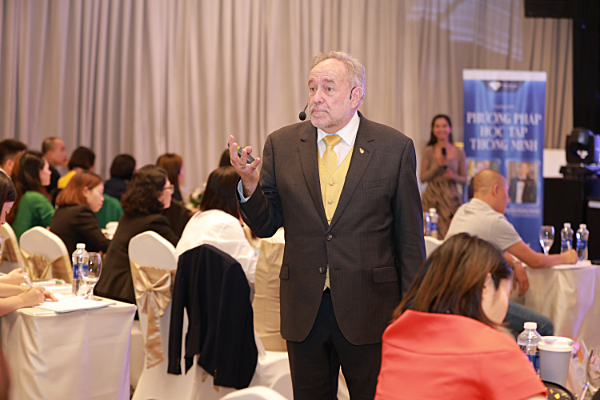 Mind Map Mastery for Teachers (English Only)
Mind Map Mastery for Teachers (English Only)
COURSE DESCRIPTION
60 SESSION – 12 HOURS and 11 MINUTE OF VIDEO
The Mind Map Mastery for Teachers is a course developed by Professor Marek Kasperski specifically for teachers wishing to learn how to teach Mind Mapping to their students.
This course is suitable for students as young as eight or older. Professor Marek Kasperski has found that PhD candidates experience significant benefits from Mind Mapping.
Teachers who take this course will be given a comprehensive PDF containing 33 exercises they can give students.
A comprehensive PDF Study Guide is available, which summarises this course.
FORMAT
On-Demand 24/7 video course with Professor Marek Kasperski, olive training can be delivered for 15 or more teachers..
LEARNING OUTCOMES
- Understanding what is a Mind Map.
- Understanding synergy and cortical skills is an essential part of Mind Mapping.
- Understanding how Mind Maps mimic the brain and how this helps us use Mind Mapping for creativity and imagination.
- Understanding why people fail is critical in understanding how Mind Maps work. This is closely related to the potential of our brain.
- You will learn how mind maps improve your imagination, associations, creativity, and memory.
- Your primary language is the language of images. You will learn how mind maps make use of your primary language.
- Understanding the seven effects of the most important graph will not only help you understand. Mind Maps, but will also help you in your everyday life.
- The five laws of Mind Mapping, as taught by Tony Buzan.
- An important learning outcome from this course is how to draw a Mind Map correctly. Most Mind Map teachers do not teach how to draw a Mind Map correctly.
- It is important to understand the concept of colour and the psychology of colour when applying it to Mind Maps. This is covered in great detail.
- The importance of taking breaks and the ability to recall after learning is covered in this course. The results may surprise you.
- Most people understand the importance of spaced reviews of their work. We introduce mind mapping to this subject with amazing results.
- This course discusses the difference between concepts and facts. Understanding the difference between the two is important, and it also relates to Mind Maps.
- Creativity is an important part of mind mapping. We look at creativity and the difference between creativity and age.
- Teachers who will teach Mind Mapping will find great use of the session, called the Feynman technique. This will help anyone refine their ability to teach any subject, including mind mapping.
- Many people believe they understand a subject when, in fact, they do not. A learning outcome from this course is the understanding of illusional recognition and the four steps of illusional recognition.
 How to Draw a Mind Map (English Only)
How to Draw a Mind Map (English Only)
COURSE DESCRIPTION
1 SESSION – 41 MINUTE VIDEO
This beginner course in Mind Mapping demonstrates drawing a Mind Map from beginning to end, as taught by Tony Buzan.
FORMAT
On-Demand 24/7 video course with Professor Marek Kasperski.
LEARNING OUTCOMES
How to draw a Mind Map tutorial plus the 5 laws of Mind Maps summary.
 Mind Mapping Foundation Course
Mind Mapping Foundation Course
COURSE DESCRIPTION
7 SESSIONS – 2 HOURS 30 MINUTES TRAINING
The foundation certificate represents an introduction to Mind Mapping as taught by Tony Buzan.
The Foundation certificate details the basic rules of Mind Mapping and also demonstrates the techniques of how to draw a Mind Map.
FORMAT
On-Demand 24/7 video course with Professor Marek Kasperski.
LEARNING OUTCOMES
What is a Mind Map? • The potential of the Human Brain • Why Do We Use Mind Maps? • The Laws of Mind Mapping • The central image • Branches • Keywords • Colour • Pictures • Structure • How to Draw a Mind Map practical session.
 Mind Mapping Beyond Foundation Course
Mind Mapping Beyond Foundation Course
COURSE DESCRIPTION
18 SESSIONS – 4 HOURS 41 MINUTES TRAINING
The Beyond Foundation certificate represents an introduction to Mind Mapping taught by Tony Buzan.
The Foundation certificate details the basic rules of Mind Mapping and demonstrates the techniques of drawing a Mind Map. This course also provides several useful exercises to develop your understanding of Mind Mapping further.
FORMAT
On-Demand 24/7 video course with Professor Marek Kasperski.
LEARNING OUTCOMES
Introduction •What is a Mind Map? •Why Do We Use Mind Maps? •Imagination, Association, Creativity Part 1 •Imagination, Association, Creativity Part 2 •5 Laws of Mind Mapping Part 1 •Keyword Exercise 1 •Keyword Exercise 2 •Keyword Exercise 3 •5 Laws of Mind Mapping Part 2 •Structure Exercise •How to Draw a Mind Map Part 1 •How to Draw a Mind Map Part 2 •How to Draw a Mind Map Part 3 •How to Draw a Mind Map Part 4 •How to Draw a Mind Map Part 5 •How to Draw a Mind Map Part 6 •Conclusion
 Mind Mapping Practitioner Course
Mind Mapping Practitioner Course
COURSE DESCRIPTION
25 SESSIONS – 6 HOURS TRAINING
The Practitioner certificate covers considerably more material than the Foundation course.
The Practitioner certificate is aimed at people who wish to understand Mind Mapping techniques and some basic theory behind why Mind Mapping works so well.
FORMAT
On-Demand 24/7 video course with Professor Marek Kasperski.
LEARNING OUTCOMES
Understanding what is a mind map. Understanding why people fail is critical in understanding how might maps work. This is closely related to the potential of our brain. You will learn how mind maps improve your imagination, associations, creativity, and memory. Understanding the seven effects of the most important graph will not only help you understand. Mind maps, but will also help you in your every day life. The five laws of mind mapping, as taught by Tony Buzan. An important learning outcome from this course is how to correctly draw a mind map. Most mind map teachers do not teach how to draw a mind map correctly. It is very satisfying to apply mind mapping to every day tasks. The importance of taking breaks and the ability to recall after learning is covered in this course. The results may surprise you. Most people understand the importance of spaced reviews of their work. We introduce mind mapping to this subject with amazing results. The difference between concepts and facts are discussed in this course. It is important to understand the difference between the two, and also how it relates to mind maps. Creativity is an important part of mind mapping. We look at creativity and the difference between creativity and age. Many people believe they understand a subject when, in fact, they do not. A learning outcome from this course is the understanding of illusional recognition and the four steps of illusional recognition.
 Mind Mapping Advanced Practitioner Course
Mind Mapping Advanced Practitioner Course
COURSE DESCRIPTION
52 SESSIONS – 9 HOURS TRAINING
The Advanced Practitioner certificate allows students to learn Mind Mapping techniques at a high level. The Advanced Practitioner Certificate also covers many practical applications of Mind Mapping, including school, university, and business. .
Please refer to the comparison syllabus at the bottom of this page.
FORMAT
On-Demand 24/7 video course with Professor Marek Kasperski.
LEARNING OUTCOMES
Understanding what is a mind map. Understanding synergy and cortical skills as an essential part of mind mapping. Understanding, how might maps mimic the brain and how this helps us, use mind mapping for creativity and imagination. Understanding why people fail is critical in understanding how might maps work. This is closely related to the potential of our brain. You will learn how mind maps improve your imagination, associations, creativity, and memory. Your primary language is the language of images. You will learn how mind maps make use of your primary language. Understanding the seven effects of the most important graph will not only help you understand. Mind maps, but will also help you in your every day life. The five laws of mind mapping, as taught by Tony Buzan. An important learning outcome from this course is how to correctly draw a mind map. Most mind map teachers do not teach how to draw a mind map correctly. It is important to understand the concept of colour and the psychology of colour when applying it to mind maps. This is covered in great detail. It is very satisfying to apply mind mapping to every day tasks. The importance of taking breaks and the ability to recall after learning is covered in this course. The results may surprise you. Most people understand the importance of spaced reviews of their work. We introduce mind mapping to this subject with amazing results. The difference between concepts and facts are discussed in this course. It is important to understand the difference between the two, and also how it relates to mind maps. Creativity is an important part of mind mapping. We look at creativity and the difference between creativity and age. Students who will teach mind mapping will find great use of the session, called the Feynman technique. This will help anyone refine their ability to teach any subject, including mind mapping. Many people believe they understand a subject when, in fact, they do not. A learning outcome from this course is the understanding of illusional recognition and the four steps of illusional recognition. Studying techniques for exams.
 Mind Mapping Licensed Instructor Course TBLI
Mind Mapping Licensed Instructor Course TBLI
COURSE DESCRIPTION
36 SESSIONS – 12 HOURS TRAINING
The Tony Buzan licensed instructor course aims to prepare students to become officially recognised Mind mapping instructors. All the sessions that are covered in the advanced practitioner. Certificate are included here, and also more content is provided to ensure that the student has a full and complete understanding regarding the background information as described by Tony Buzan.
Focus of the training is to prepare the student for all aspects of teaching mind mapping on behalf of the Tony Buzan company. Once successfully completed, the student will be offered a place on the Tony Buzan website to advertise their training courses.
There are two examinations that must be passed in order to receive the license instructor certificate. The first assessment is to give a lecture for 10 to 15 minutes on a topic related to mind mapping. The subject for this topic will be given to the student well in advance so that they may prepare notes and practice their lecture. The lecture will be delivered via zoom where your trainer will evaluate your ability to deliver a short lecture clearly and concisely. If for any reason, a student does not successfully complete this assessment, they will be given a further opportunity to pass the assessment.
The second assessment will be a mind map that must be created by the student. Once again, the subject of the mind map will be given to the students well in advance, and the Mike map must be sent to the trainer within two days of completing the course.
FORMAT
On-Demand 24/7 video course with Professor Marek Kasperski.
LEARNING OUTCOMES
Understanding what is a mind map. Understanding synergy and cortical skills as an essential part of mind mapping. Understanding, how might maps mimic the brain and how this helps us, use mind mapping for creativity and imagination. Understanding why people fail is critical in understanding how might maps work. This is closely related to the potential of our brain. You will learn how mind maps improve your imagination, associations, creativity, and memory. Your primary language is the language of images. You will learn how mind maps make use of your primary language. Understanding the seven effects of the most important graph will not only help you understand. Mind maps, but will also help you in your every day life. The five laws of mind mapping, as taught by Tony Buzan. An important learning outcome from this course is how to correctly draw a mind map. Most mind map teachers do not teach how to draw a mind map correctly. It is important to understand the concept of colour and the psychology of colour when applying it to mind maps. This is covered in great detail. It is very satisfying to apply mind mapping to every day tasks. The importance of taking breaks and the ability to recall after learning is covered in this course. The results may surprise you. Most people understand the importance of spaced reviews of their work. We introduce mind mapping to this subject with amazing results. The difference between concepts and facts are discussed in this course. It is important to understand the difference between the two, and also how it relates to mind maps. Creativity is an important part of mind mapping. We look at creativity and the difference between creativity and age. Students who will teach mind mapping will find great use of the session, called the Feynman technique. This will help anyone refine their ability to teach any subject, including mind mapping. Many people believe they understand a subject when, in fact, they do not. A learning outcome from this course is the understanding of illusional recognition and the four steps of illusional recognition.


